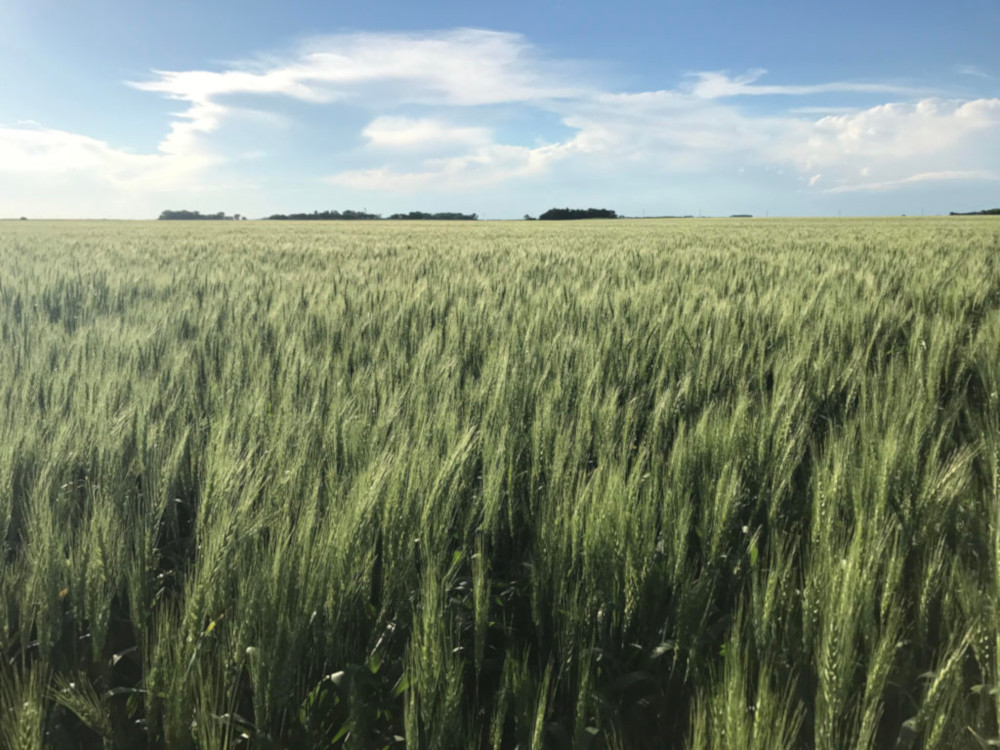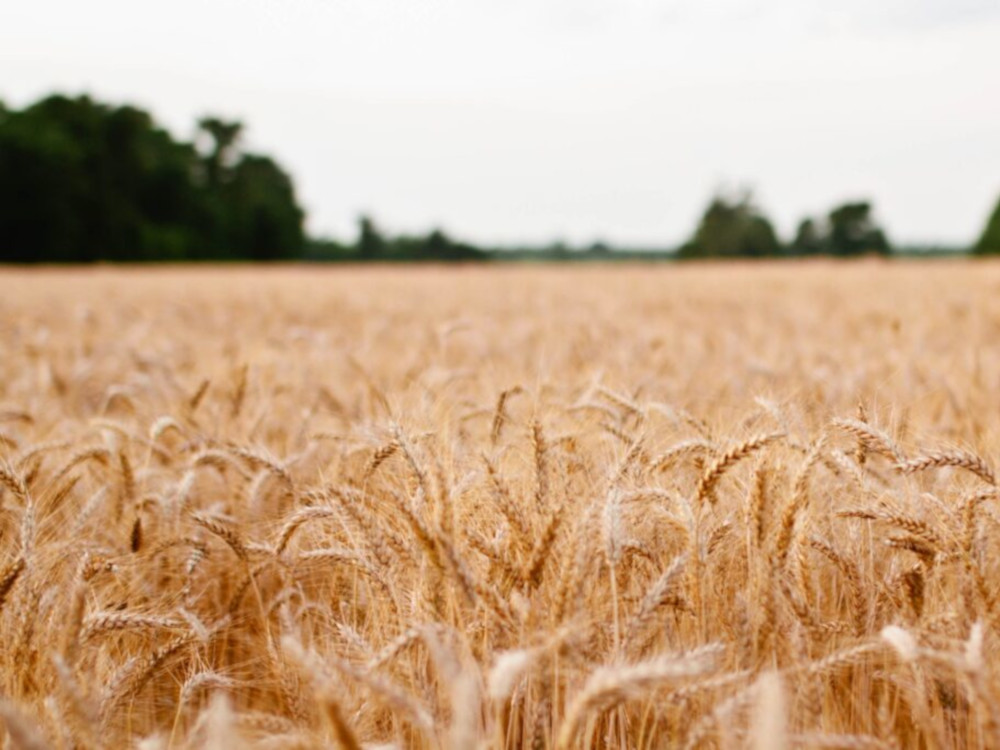When the snow starts melting, the ground thaws and birds start chirping, farmers have a visible pep in their step bursting with the knowledge that it won’t be long before they are back in their fields doing what they were born to do.
It’s easy to get caught up in the excitement of taking the machinery out of storage and hearing those engines roar. But before growers make that first field pass this spring, regional production experts have a few tips for growers for the coming season.
Variety selection
A successful spring begins with carefully selecting a variety, which often happens before the planter is dusted off for the year. Justin Berg, technical product manager for WestBred, reminds growers that variety selection is not a one-size-fits-all approach
“Visit with your local agronomist to learn about the varieties that are available, and which would be right for your operation,” Berg said. “I encourage growers to select wheat varieties based on local results and their own experiences, whether that be on their own farm or from visiting with their neighbors.”
Minnesota Wheat Vice President of Research Melissa Carlson also suggests choosing a variety that’s resistant to bacterial leaf streak (BLS), which can thrive in humid climates and can damage wheat and barley yields by up to 40%.
“We’ve had BLS for a long time, it’s just becoming more prevalent,” Carlson said. “Check the variety trial ratings and try to choose a variety that is more resistant to BLS or at least make sure that some of your acres are a more BLS-resistant variety in case we do have an outbreak. Because there aren’t any fungicides that can be sprayed for a bacterial infection, variety tolerance is the only method of defense.”
Seeding rates
With rising input prices, farmers are searching for ways to economically juggle their expenses. As growers begin their planting marathon this spring, reexamining their seeding rates could be an option that saves them money.
“I always tell farmers to make sure they keep their seeding rates lower,” said Carlson. “We did years of research and we never saw any differences in yield between planting 2 million plants per acre versus 1 million plants per acre. The University recommendation is right at about 1.3 or 1.4 million plants per acre. If folks are seeding more than that, they’re wasting seed.”
Seeding rate suggestions aren’t arbitrary. Countless factors are considered when universities and companies make their recommendations.
“By identifying those correct seeding rates, we ensure that the growers are achieving the correct population for good tiller development,” Berg said. “Small grains have the very unique ability to tiller and produce several stems that contribute to yield. A majority of the grain that wheat plants produce will come from the main stem and possibly one or two of those tillers.”
Seed treatments
A vital tool in a farmer’s toolbox is seed treatments. Seed treatments provide farmers with a method of defense against pests that threaten the success of a crop.
“I always encourage growers to visit with their suppliers and get their seed treatments in place to make sure they have enough inventory,” Berg said. “By working with their local agronomist, the farmers will get the knowledge they need to correctly understand what pests they may face on their farm. And once a grower has identified and understands what those pests are, or potentially will be, they can make better decisions as to which seed treatment is right for them.”
Fertilizer application
Out of necessity, farmers’ practices have evolved to keep up with an increased demand for their crops. Because farmland acres decrease each year, the agriculture industry has relied on innovation to compensate for lost acreage. Fertilizer is an option that farmers can use to improve their yields. One of the most important fertilizers is nitrogen, which is critical for plant growth and reproduction.
“Nitrogen management within a wheat crop is extremely critical to overall yield potential. When farmers are managing their nitrogen this spring, they should consider their past yield and protein results as well as the current price of wheat versus those nitrogen costs,” Berg said.
While it’s easy to focus on nitrogen, farmers should also pay attention to the phosphorous and potassium levels in their fields.
“It’s important to evaluate those fall soil tests to determine how much fertilizer is needed for your wheat crop. Growers should be thinking about how they are managing their phosphorous and potassium levels as well. We definitely do not want to deplete those levels as they are hard to build back up in the soil.”
Change it up
It’s never too late to try something new. This spring, Carlson hopes growers will take the leap and branch out of their comfort zone.
“The biggest thing that I want to push people on is to just try something new or different. If you’re not going to do a whole field, at least raise the planter up or shut the sprayer off for a few hundred feet,” said Carlson, who oversees Minnesota Wheat’s checkoff-supported research programs. “Test out the field. Try something new.”
It’s never too late for a farmer to experiment with new practices. The economic and environmental rewards outweigh the risk, Carlson said.
“On average, a grower gets 40 springs in their lifetime and 40 harvests. So, if you only have 40 shots from the time you start farming to the time you finish, you don’t have time not to be trying something new every year,” Carlson said. “There’s just not enough time in your career not to try something new and try to improve. Improve your land, improve your soil and leave it better than you left it.”





